Against the backdrop of the active evolution of the RPG genre in 2025, special attention is drawn to the long-awaited new game Obsidian. It has already been confirmed that the release will take place in autumn — the release date is set for October.
The development is led by game director Brandon Adler, who previously supervised the final phases of the first part. A stable wave of interest has formed around the sequel, and there is already a clear understanding of what is known about The Outer Worlds 2 at the moment.

What is known about The Outer Worlds 2: key statements from the studio
According to Obsidian, the second part will maintain the structure of the original but will be more expansive in terms of the world, deeper in narrative, and more serious thematically. The satirical tone remains, but now the game will feature more dramatic, philosophically tinted situations. The world will be built around contradictions, expansion, and clashes of interests. The studio confirmed that the focus will be on a new star system, other planets, unexplored colonies, and factions.
At the center of attention are corporations, feudal alliances, and marginal communities competing for resources. The space RPG will once again use the model of movement between sectors, improved navigation, and a streamlined dialogue interface.
The Story of The Outer Worlds 2 and New Themes: Overview of Key Details
The main narrative revolves around the conflict between independent settlers and the powerful corporation Protectorate, which controls the supply of oxygen, water, and technological equipment. Players will have to balance between cooperation, sabotage, and direct confrontation. Branching paths are promised, not only affecting the ending but also influencing the player’s perception by other characters.
The story is built around moral choices rather than simple divisions into “good” and “evil.” One of the features will be the involvement of the company Auntie’s Choice — a giant in bioindustry, hiding cruel experiments under the guise of food reform. Players will be able to infiltrate closed facilities, hack databases, and expose public manipulations.
At the center of attention are social criticism and subtle humor, shaping an atmosphere that is both dark and ironic. In this sense, the elements of what is already known about The Outer Worlds 2 resonate, where comedic delivery combines with satire on corporate dictatorship and consciousness manipulation.
Factions, Representatives, and World Structure
The world of The Outer Worlds 2 is built on conflicting interests. At least three main factions have been confirmed, each with its own ideology, economy, and history. The Protectorate controls life support resources, Auntie’s Choice deals with agrarian biotechnologies, and the Third Line is a network of independent settlements and pirate stations. The new part involves closer interaction with factions — players will not only complete missions but also participate in their internal politics.
The universe’s structure is fragmented: each zone represents a separate location with unique architecture, fauna, laws, and trading systems. Transition between them is done through the ship’s captain’s bridge, equipped with full modular upgrades.
Atmosphere, Style, and Narrative Tone
The creators emphasize that the second installment will be deeper, darker, and more philosophical, while still maintaining the ironic distance that made the first part beloved. The humor remains but is now more measured, serving to underline the social absurdity of the events rather than just being an entertainment tool. Overall, what is already known about The Outer Worlds 2 indicates a shift in focus — from grotesque to thoughtful satire, without losing its signature style.
Developers strive to balance grotesque and realism. Visually, the game has become darker, colder, and more industrial. However, this does not prevent it from being stylistically unique. The palette has shifted towards metal, dull neons, and contrasting lighting.
Gameplay Innovations and Mechanics Structure
What is known about The Outer Worlds 2, besides the story and factions? Overhaul of the role-playing model. Intrusive inventory management has been removed, and expanded branches of persuasion, deception, intimidation, and science have been added. Each of them now has unique ways of application in combat and dialogues. Team tactics have been developed — companions have acquired more complex behavior and adaptive reactions. Known gameplay elements confirmed by the studio:
- the ability to change equipment in real-time without exiting combat;
- an updated tactical slow-motion mode with access to new skills;
- additional implant system with side effects;
- customization of the ship and captain’s quarters;
- new companions with unique quests and relationships.
The innovations make the game significantly deeper and more layered. At the same time, it remains dynamic, without overloading the user with unnecessary mechanics. Russian language support is provided, which facilitates the understanding of complex plot nuances and allows for a full immersion in the project’s atmosphere.
Pricing Policy and Cost
In terms of cost, what is known about The Outer Worlds 2 is that it will remain within the traditional AAA range. The base version costs $59.99 (or 4499 rubles), and the deluxe edition costs $79.99. It includes a skin pack, digital artbook, and an extended music collection.
The option with a season pass has not been confirmed yet. Ubisoft still does not provide final dates for physical copy deliveries, but digital preloading will be available 7 days before launch.
List of Key Factions Featured in the Story
Among the elements shaping the social and political architecture of the world, the following factions play a key role:
- Protectorate — a corporate monolith controlling oxygen, water, equipment, and residency licenses on colonized planets;
- Auntie’s Choice — formally a friendly corporation specializing in future food. In reality, it is a structure with a strict bioethical regime and secret laboratories;
- Third Line — an alliance of free stations. Their members exist outside the legislative field and create their own rules of survival.
The setting is built on contradictions between progress, exploitation, and marginal autonomy. Factions provide not only narrative twists but also a gameplay foundation for alliances and conflicts.

What is known about The Outer Worlds 2: the main points
In conclusion, it can be confidently stated that the game is a success. What is already known about The Outer Worlds 2 is enough to consider it one of the most anticipated RPGs of the fall of 2025. New factions, expanded role-playing system, thematically rich story, and improved combat model make the game a serious contender.
The game announcement has already sparked active discussions in the media, and among The Outer Worlds 2 news, it confidently occupies leading positions. Now everything depends on how well Obsidian handles the technical implementation and maintains the promised level of quality until the release.

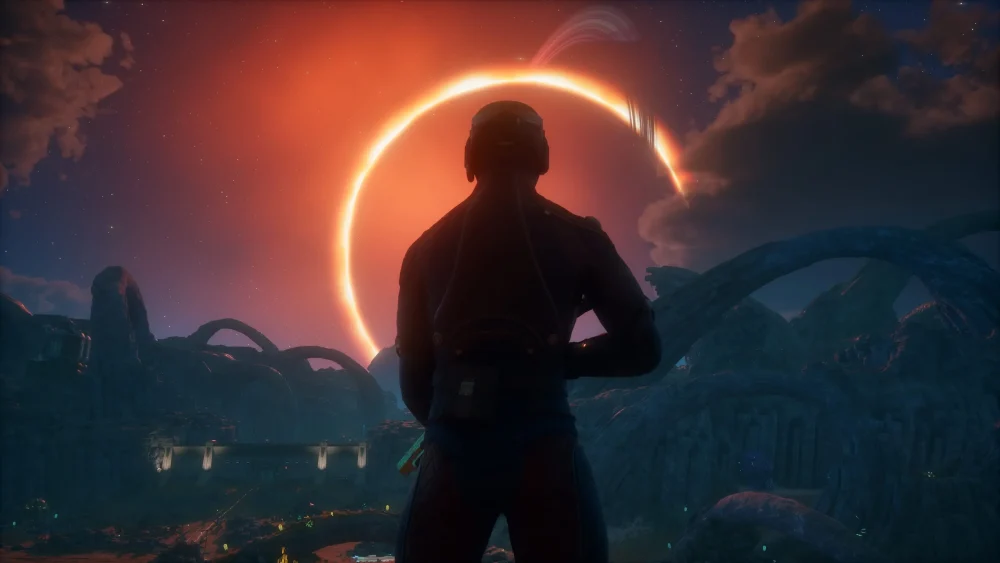
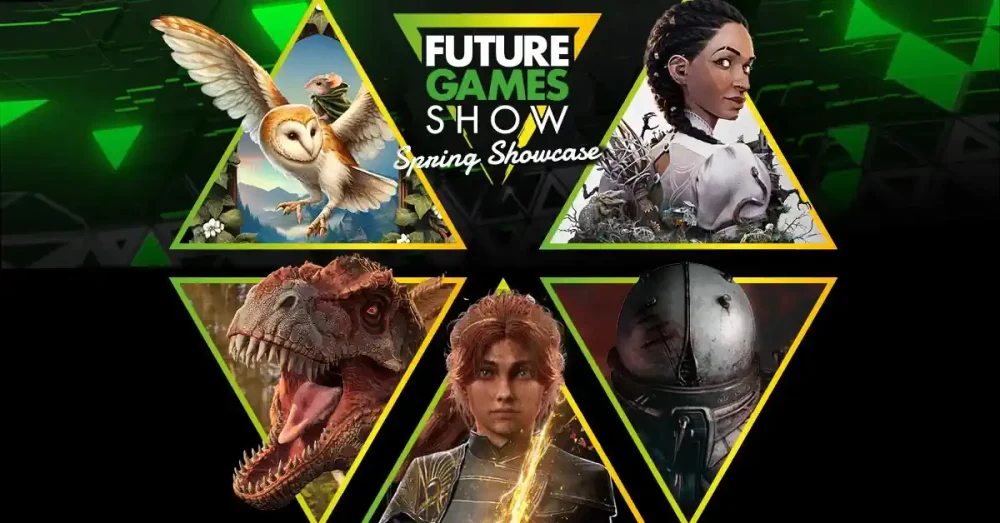
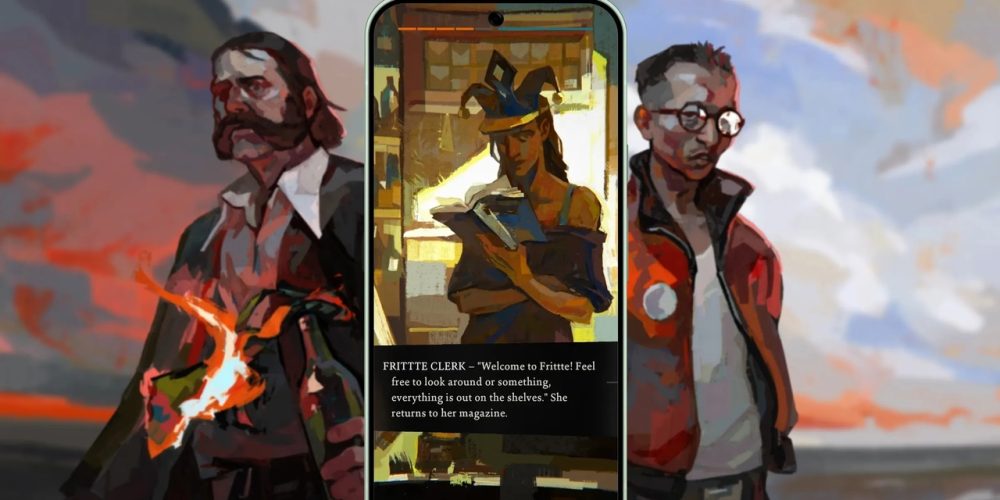
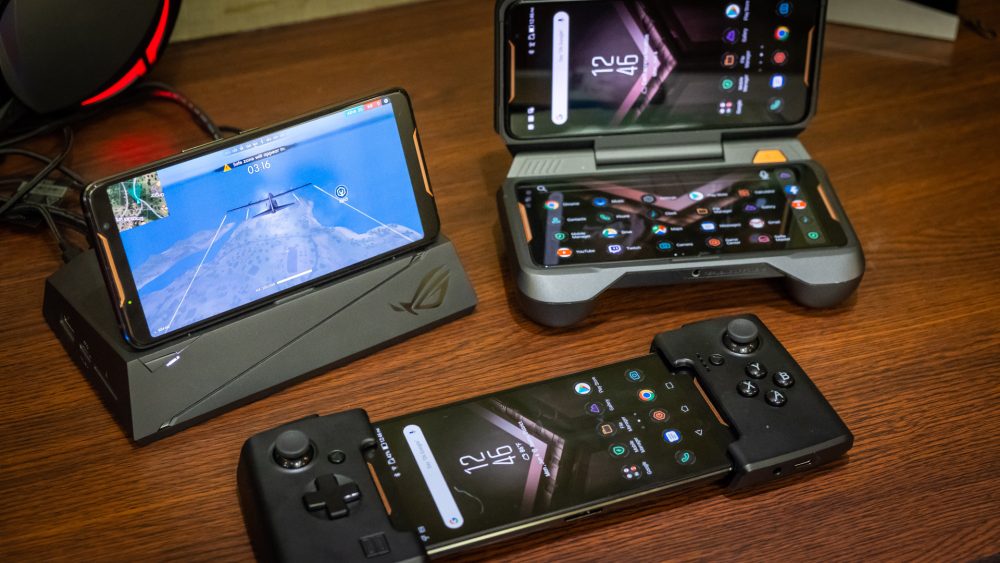

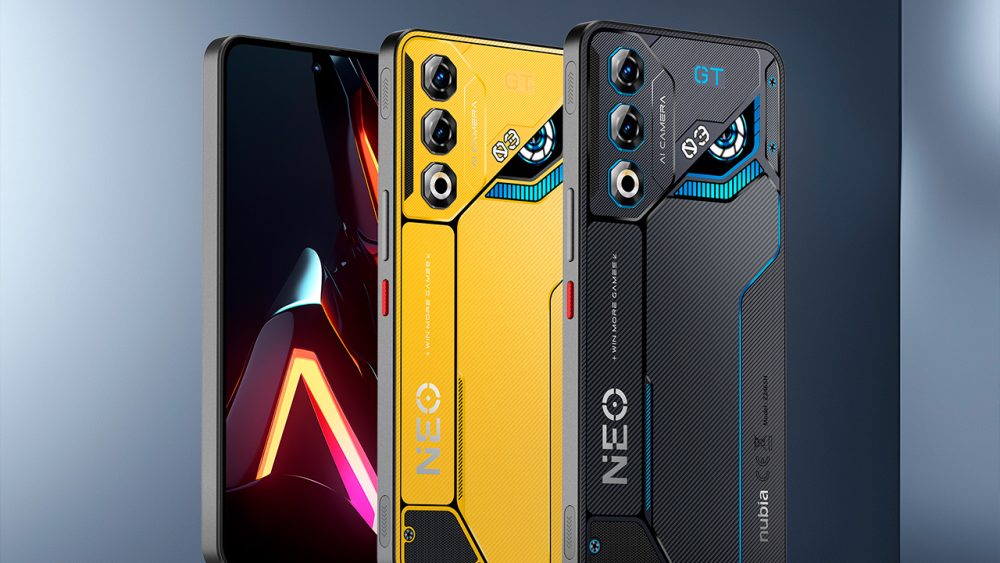
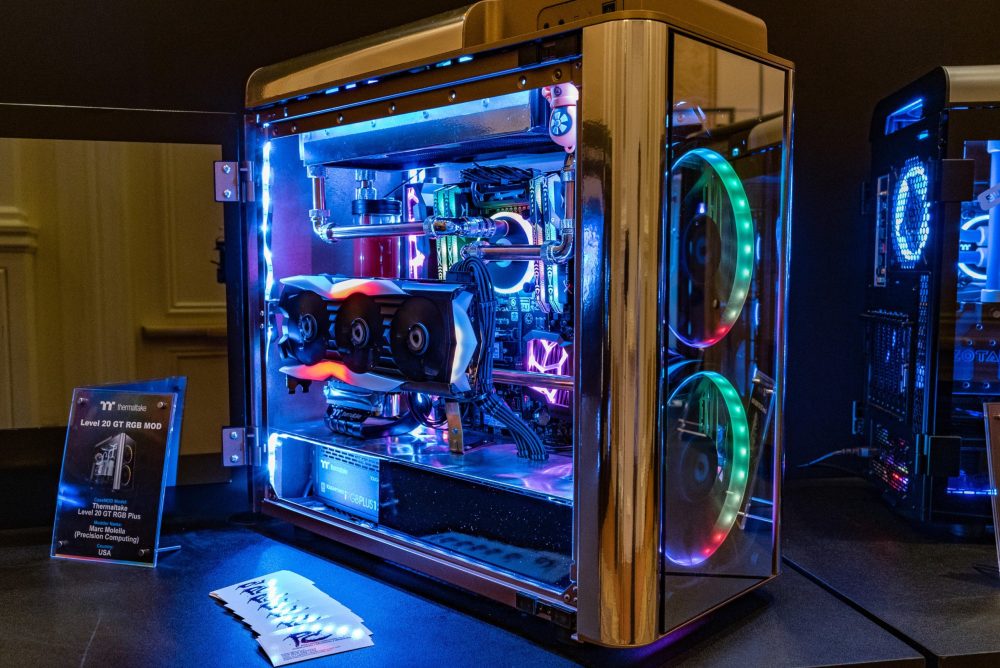

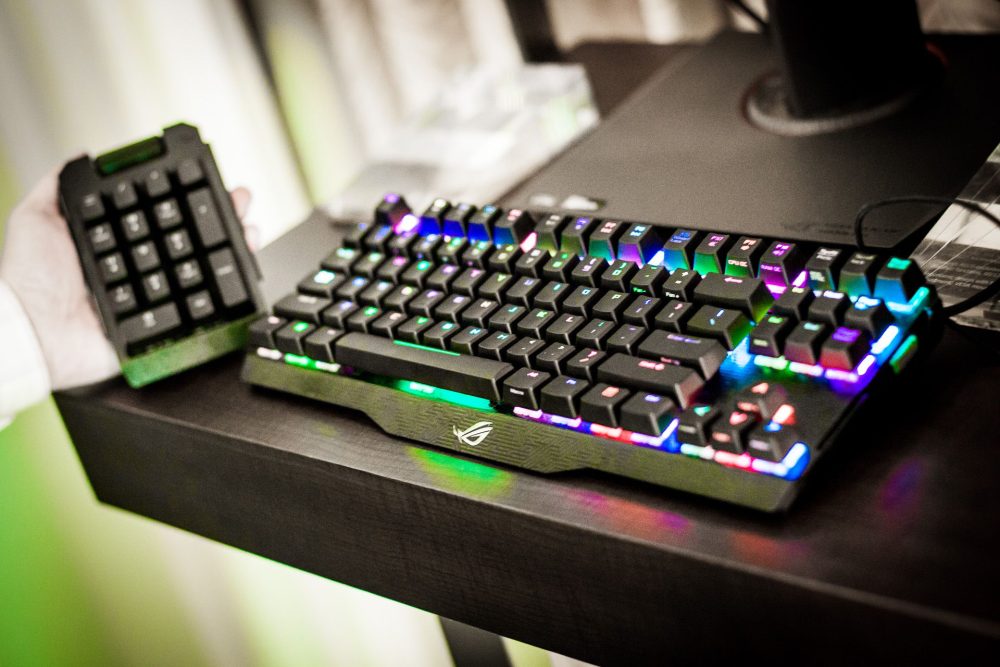
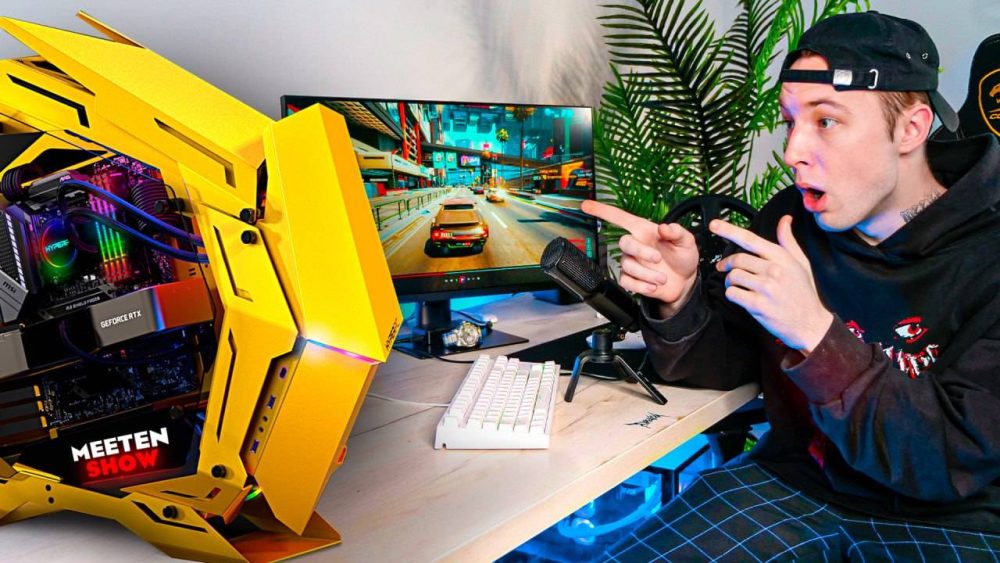
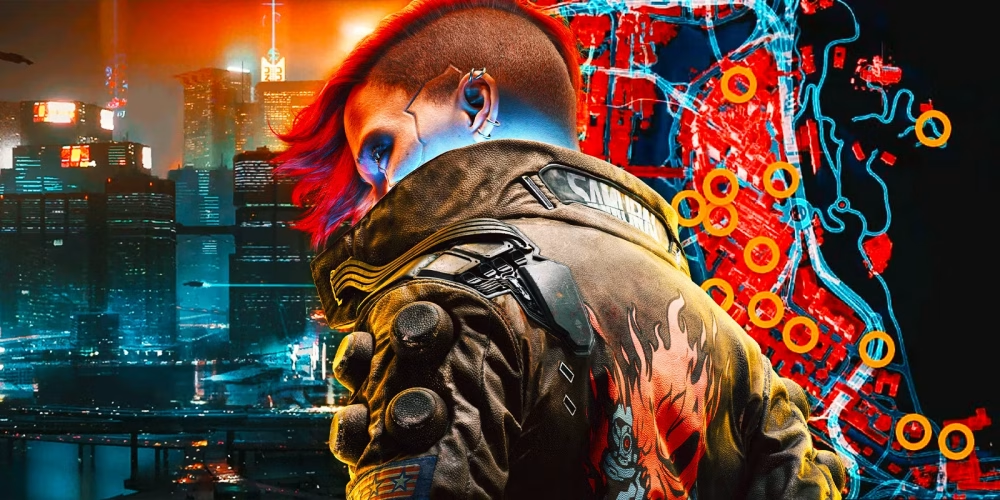

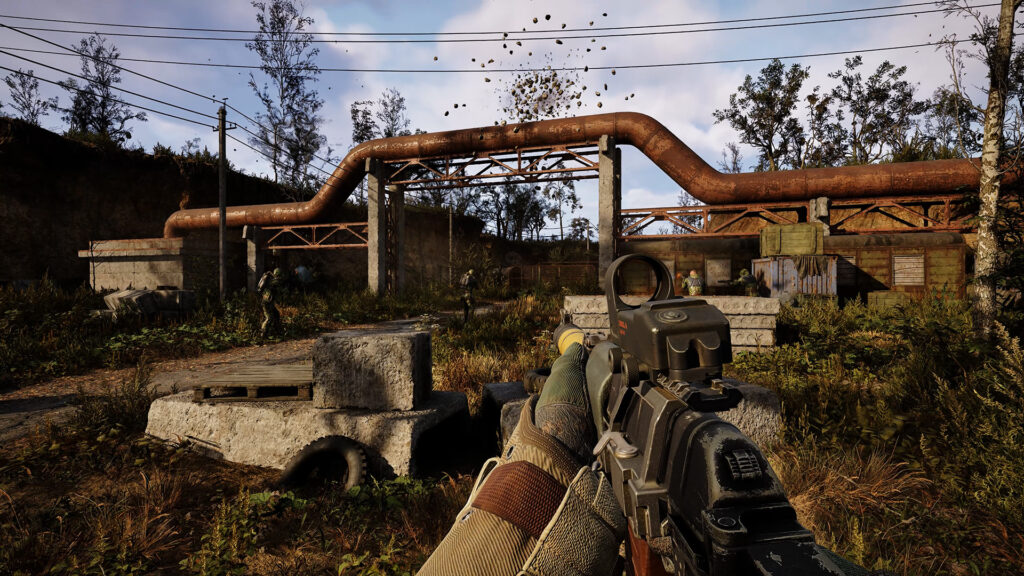 Post-Soviet mysticism, dark philosophy, and an open gameplay structure have made S.T.A.L.K.E.R. a cult series. The developers have incorporated survival, trade, non-linear progression, and the freedom to choose allies into the shooter. The player faces not just enemies, but a world that feels alive. Anomalies, factions, radiation, and moral dilemmas create an experience that cannot be replicated. In terms of gameplay and atmosphere, the series consistently remains on the top lists of Action-RPGs on PC.
Post-Soviet mysticism, dark philosophy, and an open gameplay structure have made S.T.A.L.K.E.R. a cult series. The developers have incorporated survival, trade, non-linear progression, and the freedom to choose allies into the shooter. The player faces not just enemies, but a world that feels alive. Anomalies, factions, radiation, and moral dilemmas create an experience that cannot be replicated. In terms of gameplay and atmosphere, the series consistently remains on the top lists of Action-RPGs on PC.
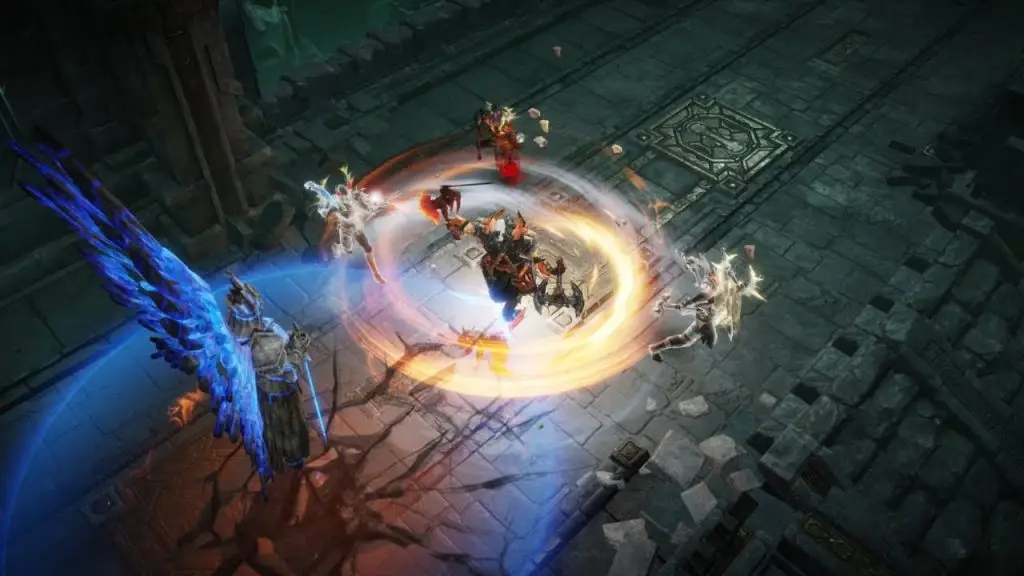 The top Action-RPG list is not a static list. It reflects the development of the genre, its adaptation to new generations of players, technological advancements, and changes in audience expectations. All the projects included in this list not only meet the genre’s criteria but also challenge them, setting new standards and inspiring followers. The common thread among these games is their focus on the player, their decisions, their style, their emotions, and their journey. This is the power of the genre, which continues to shape the face of the gaming industry.
The top Action-RPG list is not a static list. It reflects the development of the genre, its adaptation to new generations of players, technological advancements, and changes in audience expectations. All the projects included in this list not only meet the genre’s criteria but also challenge them, setting new standards and inspiring followers. The common thread among these games is their focus on the player, their decisions, their style, their emotions, and their journey. This is the power of the genre, which continues to shape the face of the gaming industry.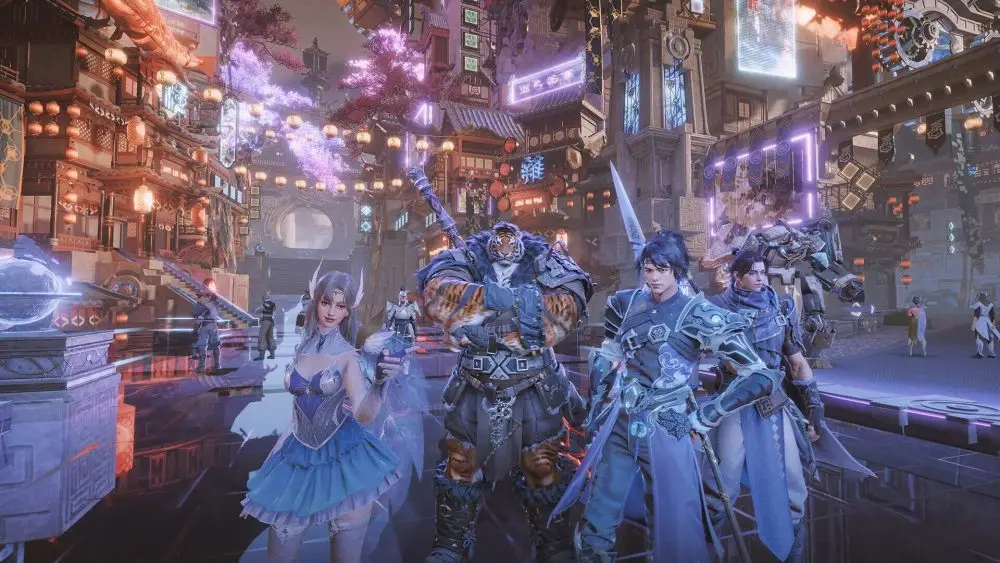
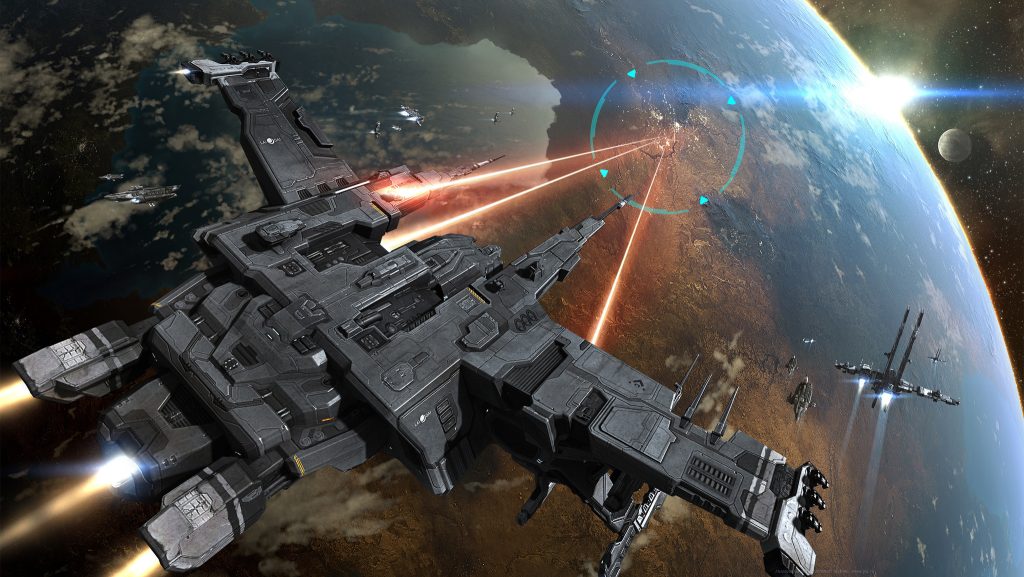 Among all projects of the genre, EVE Online offers not a game, but a whole simulation of a civilization. A fully open galaxy with thousands of star systems, a player-controlled economy, and inter-alliance conflicts all turn a session into a real strategic campaign.
Among all projects of the genre, EVE Online offers not a game, but a whole simulation of a civilization. A fully open galaxy with thousands of star systems, a player-controlled economy, and inter-alliance conflicts all turn a session into a real strategic campaign.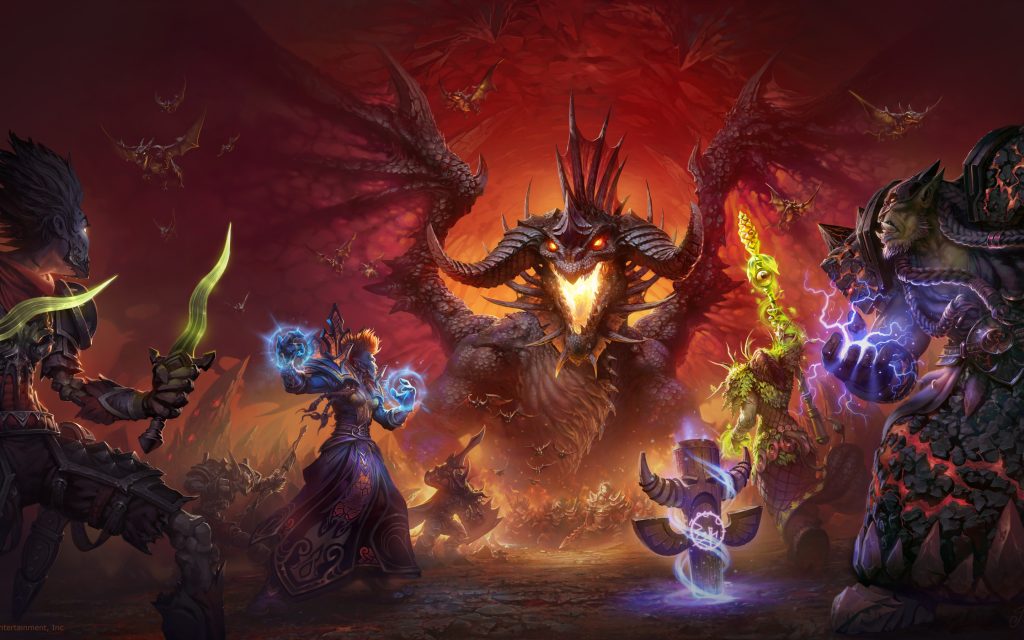 They have one thing in common: adaptation. Projects continue to develop, retain their audience, and attract newcomers at the same time. Some focus on the storyline, while others prioritize mechanics or scale. All of them create a world where the gamer decides who they want to be: a merchant, an explorer, a warrior, a guild leader, or a mercenary.
They have one thing in common: adaptation. Projects continue to develop, retain their audience, and attract newcomers at the same time. Some focus on the storyline, while others prioritize mechanics or scale. All of them create a world where the gamer decides who they want to be: a merchant, an explorer, a warrior, a guild leader, or a mercenary.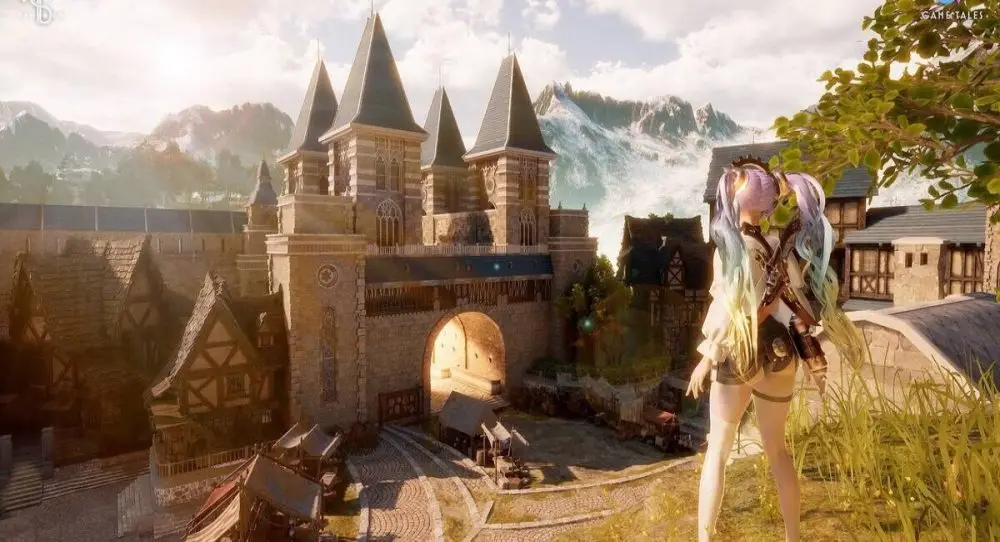
 Sony Online Entertainment (later Daybreak) announced EverQuest Next as a relaunch of the iconic franchise. The developers shifted their focus to procedural world generation and destructible environments. Players would have the ability to influence the map’s topography, construct structures, and destroy fortresses in real-time. The class system featured over 40 specializations. The artificial intelligence of mobs would respond to player actions. The visual style aimed to strike a balance between stylization and detail to facilitate rendering in dynamic environments.
Sony Online Entertainment (later Daybreak) announced EverQuest Next as a relaunch of the iconic franchise. The developers shifted their focus to procedural world generation and destructible environments. Players would have the ability to influence the map’s topography, construct structures, and destroy fortresses in real-time. The class system featured over 40 specializations. The artificial intelligence of mobs would respond to player actions. The visual style aimed to strike a balance between stylization and detail to facilitate rendering in dynamic environments.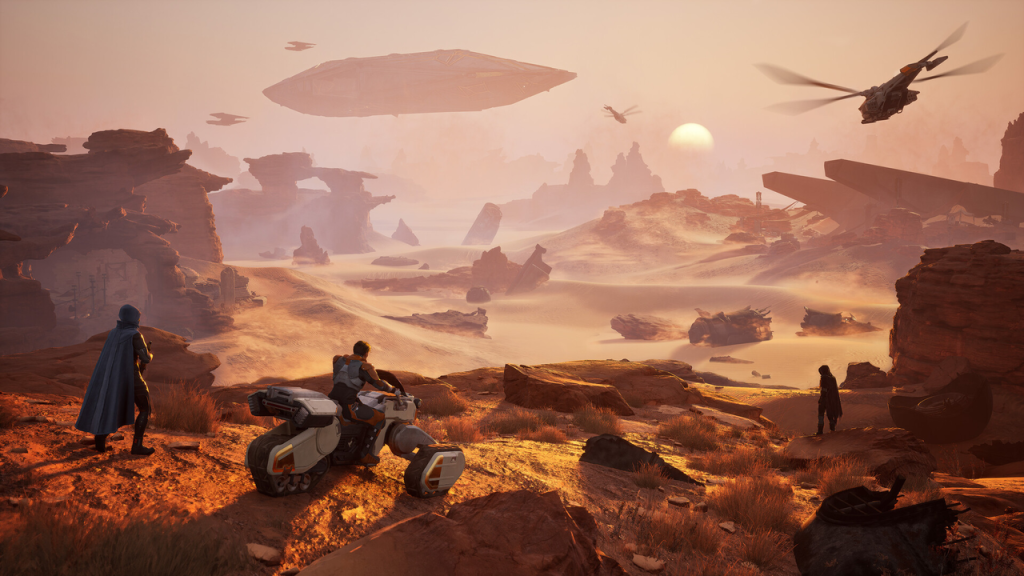 The online market in 2025 has strict requirements for the development of MMO projects. Users expect cross-platform support, fast updates, social engagement, and high technical stability. Developers are striving for modular architecture to reduce the risk of component failure. Investments are increasingly made in a milestone-based format, rather than as a single infusion.
The online market in 2025 has strict requirements for the development of MMO projects. Users expect cross-platform support, fast updates, social engagement, and high technical stability. Developers are striving for modular architecture to reduce the risk of component failure. Investments are increasingly made in a milestone-based format, rather than as a single infusion.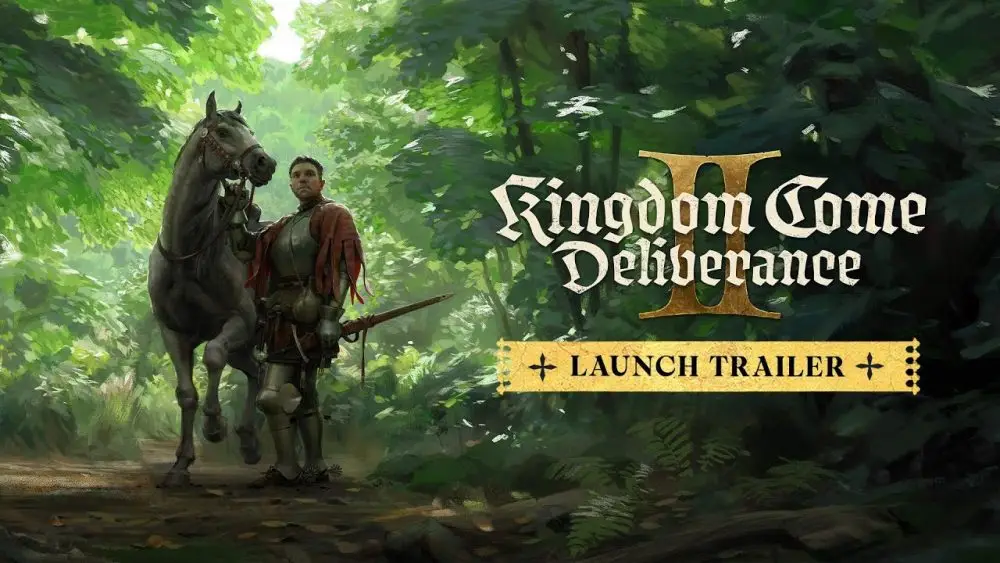
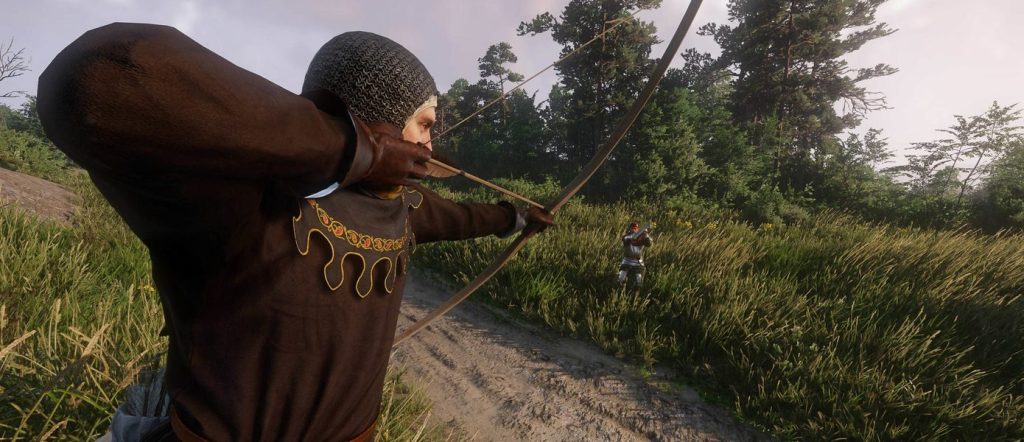 The concept retains the emphasis on realistic combat experience that the original game is known for. The developers have improved the combat mechanics: it is now possible to perform combo attacks, parry blows with a shield, and perform counterattacks. The complexity of battles has increased, but the clashes have become even more dynamic. Armor now takes into account the physics of damage more realistically: damage to the cuirass directly affects the hero’s protection. The skill system in Kingdom Come Deliverance II has been significantly expanded. New skills have been added that affect trade, diplomacy, and interaction with the environment. Every choice made by the player has an impact on the story’s progression, as the consequences of their decisions are reflected in the subsequent events and their relationships with characters and factions.
The concept retains the emphasis on realistic combat experience that the original game is known for. The developers have improved the combat mechanics: it is now possible to perform combo attacks, parry blows with a shield, and perform counterattacks. The complexity of battles has increased, but the clashes have become even more dynamic. Armor now takes into account the physics of damage more realistically: damage to the cuirass directly affects the hero’s protection. The skill system in Kingdom Come Deliverance II has been significantly expanded. New skills have been added that affect trade, diplomacy, and interaction with the environment. Every choice made by the player has an impact on the story’s progression, as the consequences of their decisions are reflected in the subsequent events and their relationships with characters and factions.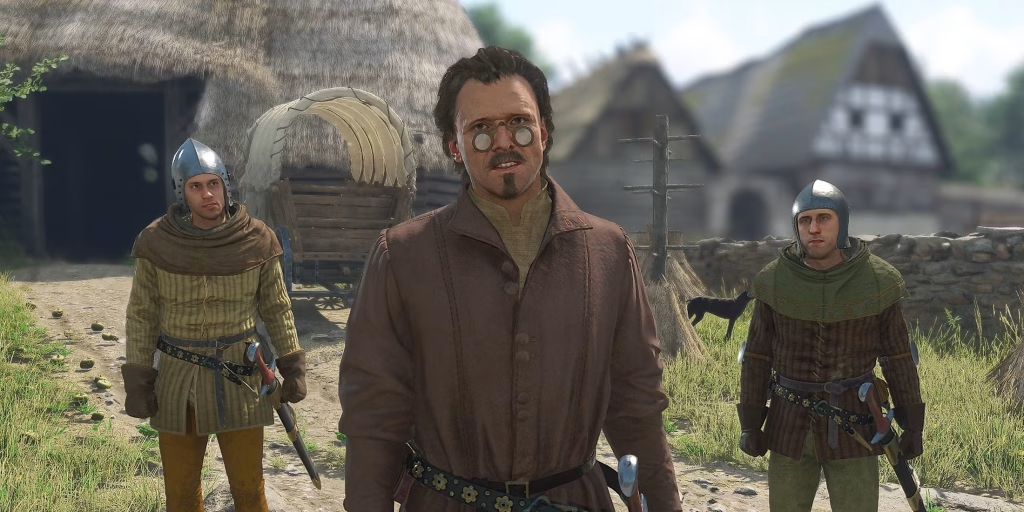 Answering the main question of the review, is it worth playing Kingdom Come Deliverance II — the answer is definitely positive. The game turned out to be large-scale, deep in plot and technically advanced. The developers took into account the experience of the first part and offered gamers improved combat mechanics, a unique historical plot, realistic tasks and a rich medieval world. Kingdom Come Deliverance II is perfect for fans of serious RPGs and immersing themselves in the atmosphere of the Middle Ages.
Answering the main question of the review, is it worth playing Kingdom Come Deliverance II — the answer is definitely positive. The game turned out to be large-scale, deep in plot and technically advanced. The developers took into account the experience of the first part and offered gamers improved combat mechanics, a unique historical plot, realistic tasks and a rich medieval world. Kingdom Come Deliverance II is perfect for fans of serious RPGs and immersing themselves in the atmosphere of the Middle Ages.